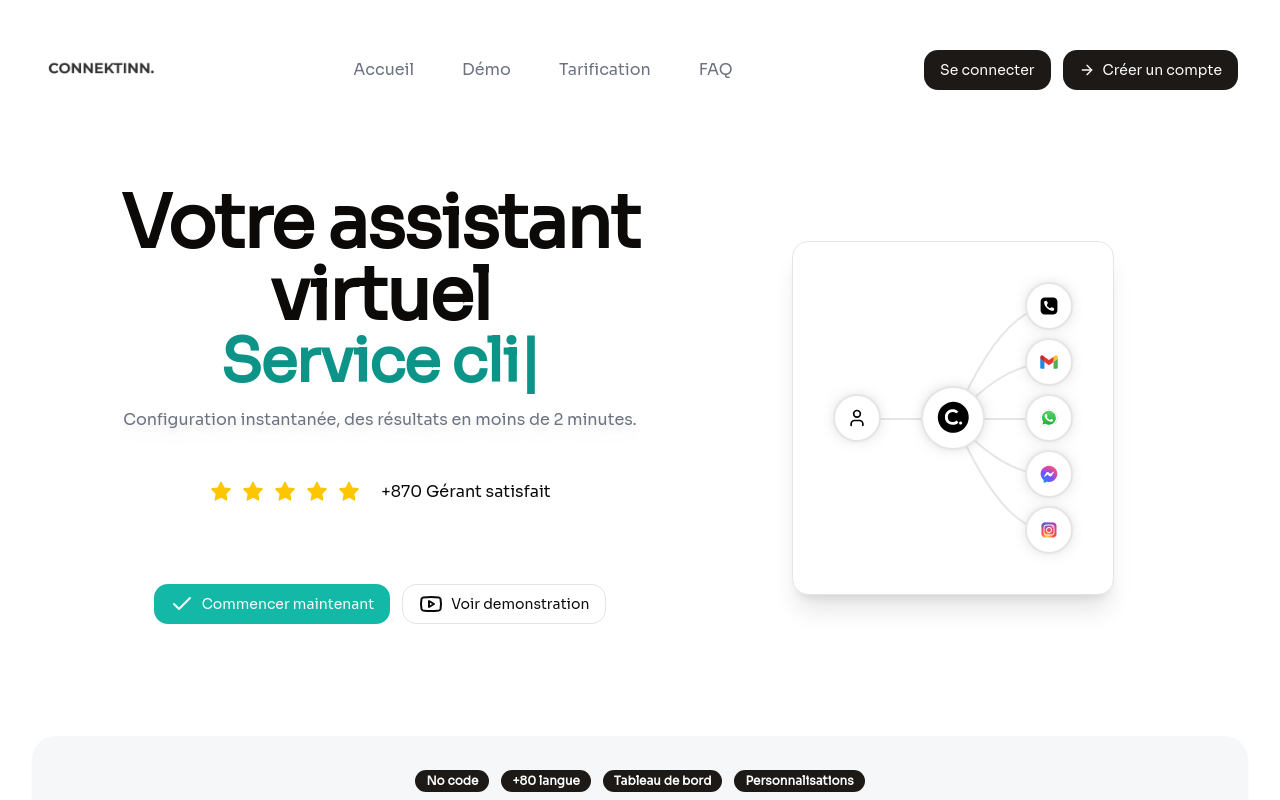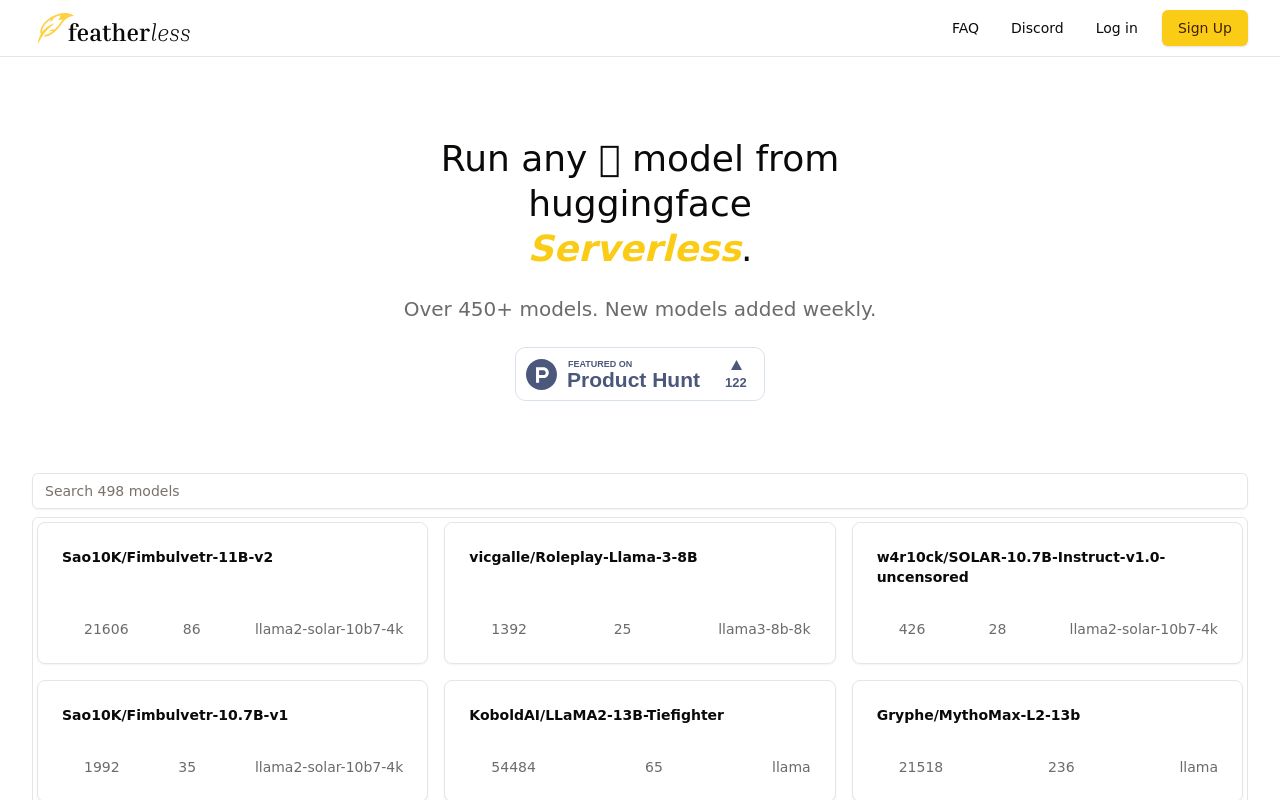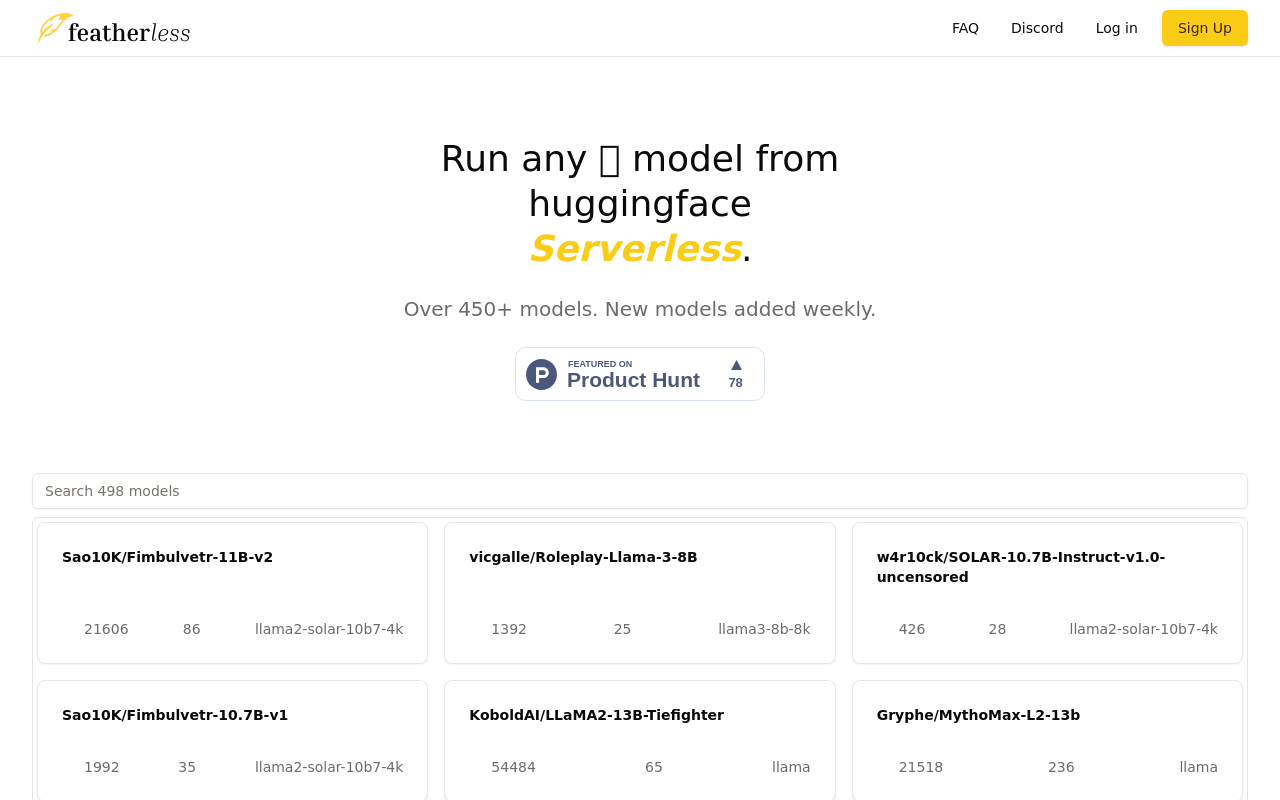Creating Assessment Tasks Based on Learning Objectives
A workflow to create effective assessments aligned with learning objectives.
Best for:
- Educators
- Trainers
- Educational Institutions
Use cases:
- Creating assessments
- Aligning tasks with learning objectives
- Evaluating cognitive skills
Users like:
- Teaching
- Pedagogy Research
- Curriculum Development
What is Creating Assessment Tasks Based on Learning Objectives?
Quick Introduction
Creating assessments aligned with learning objectives can be a daunting task. MindPal’s ‘Creating Assessment Tasks Based on Learning Objectives’ workflow aims to simplify this process for educators. This tool is designed for educators, trainers, and educational institutions who wish to streamline their assessment creation process. By using this tool, users can ensure their assessments are fair, valid, reliable, and based on clear, measurable objectives derived from Bloom’s Taxonomy.
In today’s educational landscape, the accuracy and relevance of assessment tasks are crucial. With MindPal’s workflow, users can generate learning objectives catered to the cognitive skills they wish to evaluate and then create corresponding assessment tasks. This not only saves time but significantly reduces the complexity involved in designing effective assessments. The goal is to enable educators to teach more effectively by targeting the appropriate skills and knowledge, ultimately improving student outcomes.
Pros and Cons
Pros
- Simplifies the assessment creation process, saving educators valuable time.
- Ensures assessments are aligned with educational objectives and cognitive skills, enhancing their validity and reliability.
- Offers data-driven insights which can help educators improve their teaching practices.
Cons
- Requires familiarity with Bloom’s Taxonomy, which might necessitate initial learning for some users.
- Reliance on the tool might limit creative assessment techniques not covered within the workflow’s scope.
- Limited customization options depending on the predetermined structure of the workflow.
TL:DR
- Generates learning objectives based on Bloom’s Taxonomy
- Creates assessment tasks aligned with defined learning objectives
- Saves time and improves the accuracy and reliability of assessments
Features and Functionality
- Learning Objectives Generation: Utilizes Bloom’s Taxonomy to create clear and measurable learning objectives, ensuring that assessments target the desired cognitive skills.
- Assessment Task Creation: Develops tasks that are perfectly aligned with the learning objectives, helping to ensure the assessments are fair and effective.
- Data-Driven Insights: Provides analytics that help educators understand the effectiveness of their teaching and assessments, allowing for continuous improvement.
- Streamlined Workflow: Simplifies and standardizes the process of creating assessment tasks, making it easier for educators to produce reliable evaluations.
- Customizable Templates: Allows users to modify templates for creating assessments, ensuring flexibility and adaptability to various educational contexts.
Integration and Compatibility
This workflow is standalone but is integrated into the MindPal ecosystem. This means it can seamlessly connect with other MindPal tools designed for educational professionals. Currently, there are no specific integrations with external platforms.
Do you use Creating Assessment Tasks Based on Learning Objectives?
However, the ability to save results, add custom data, and share with other users within the MindPal framework ensures a high level of internal compatibility and workflow efficiency.
Benefits and Advantages
- Improved Accuracy: Precisely targets the skills and knowledge intended to be measured, ensuring valid and reliable assessments.
- Time Efficiency: Significantly speeds up the assessment creation process by providing a structured, guided approach.
- Enhanced Teaching Results: Empowers educators with data and insights to refine their teaching strategies, ultimately improving educational outcomes.
- Consistency: Ensures a consistent approach to creating assessments across different subjects and educational levels.
- Ease of Use: Streamlines complex processes, making it accessible even for educators who may not be assessment design experts.
Pricing and Licensing
MindPal does not provide detailed pricing info directly visible in this context. Users are encouraged to visit the MindPal website for up-to-date pricing plans and tiers. Typical models could include free trials, subscription-based plans, or one-time purchase options for a full suite of tools.
Support and Resources
MindPal offers comprehensive support options including customer service, detailed documentation, and a community forum. Users can access resources like help docs and FAQs via the MindPal website, which ensures they can quickly resolve any issues or maximize their use of the tool.
Creating Assessment Tasks Based on Learning Objectives as an alternative to:
When considering alternatives to traditional methods of creating assessments, this tool stands out by providing a clear process based on well-established educational theories such as Bloom’s Taxonomy. In contrast to manually creating assessments, this structured workflow ensures higher consistency and validity of the assessment tasks. It also compares favorably with other automation tools by offering specialized features uniquely aimed at education professionals’ needs.
Alternatives to Creating Assessment Tasks Based on Learning Objectives
- Google Forms: Quick and easy for basic quizzes and assessments, ideal for educators looking for simplicity and ease of deployment but lacking advanced alignment features based on cognitive skills.
- Quizlet: Highly suitable for creating study sets and flashcards, beneficial for formative assessments and student self-study sessions; however, it does not align assessments with specific educational objectives as seamlessly.
- Kahoot!: Excellent for engaging, game-based assessments that boost student interaction but may lack the depth in assessing learning objectives thoroughly aligned with Bloom’s Taxonomy.
Conclusion
The ‘Creating Assessment Tasks Based on Learning Objectives’ workflow tool by MindPal offers a robust solution for educators striving to create effective, reliable, and valid assessments. By aligning tasks with Bloom’s Taxonomy and providing a streamlined, data-driven process, this tool enhances the teaching and learning experience. It’s particularly valuable for educators who prioritize accuracy, save time, and wish to deeply engage in evidence-based teaching practices.



